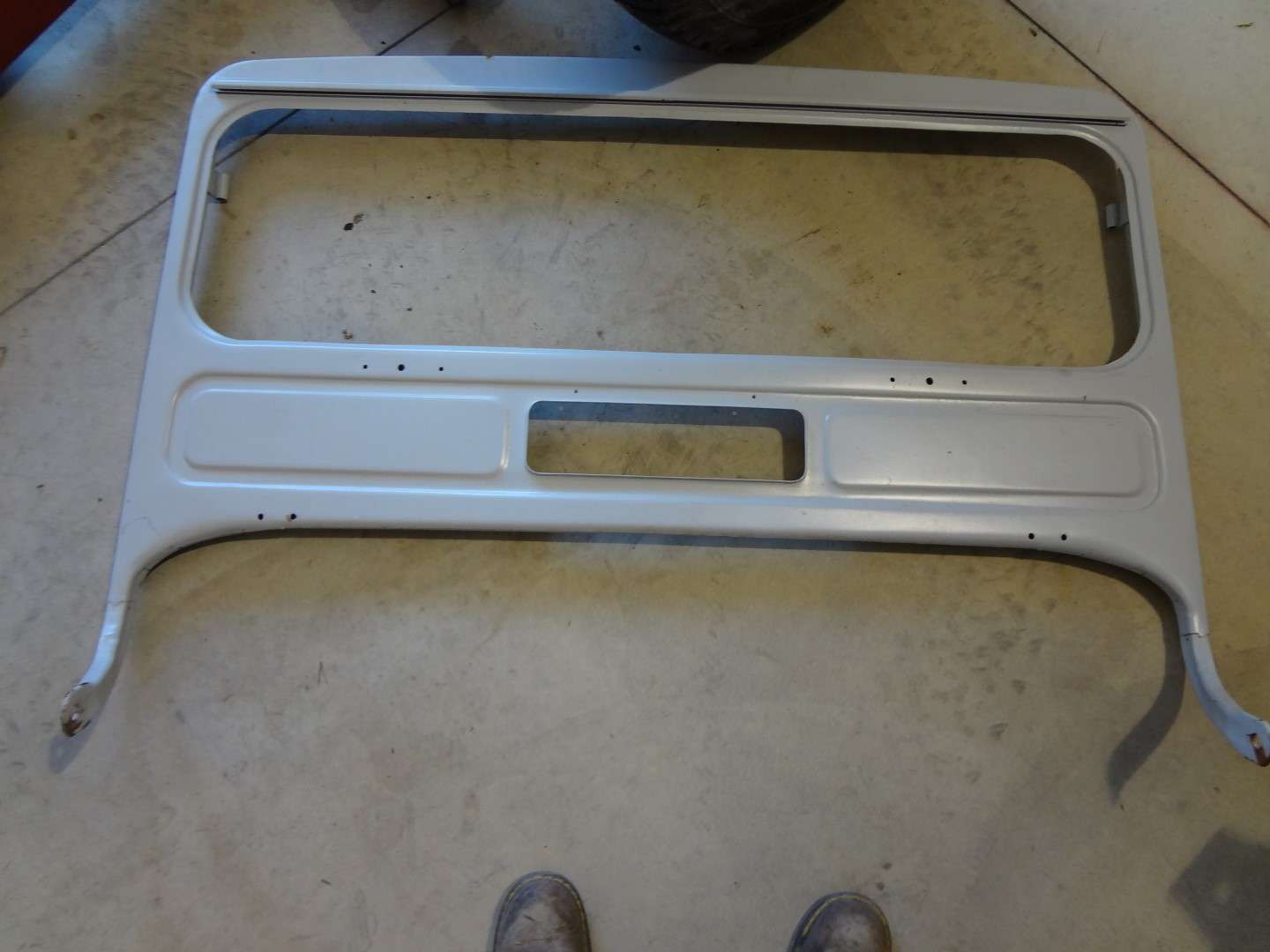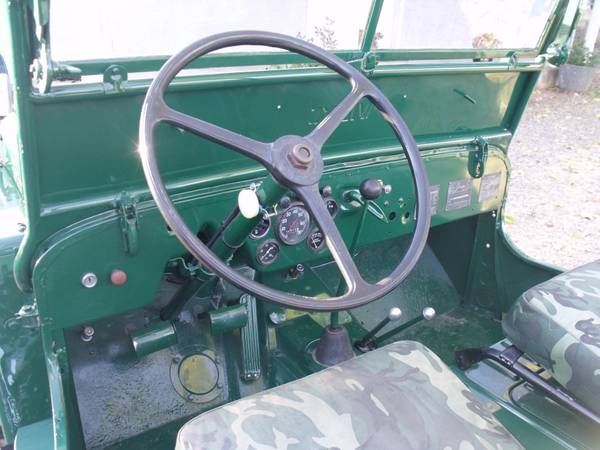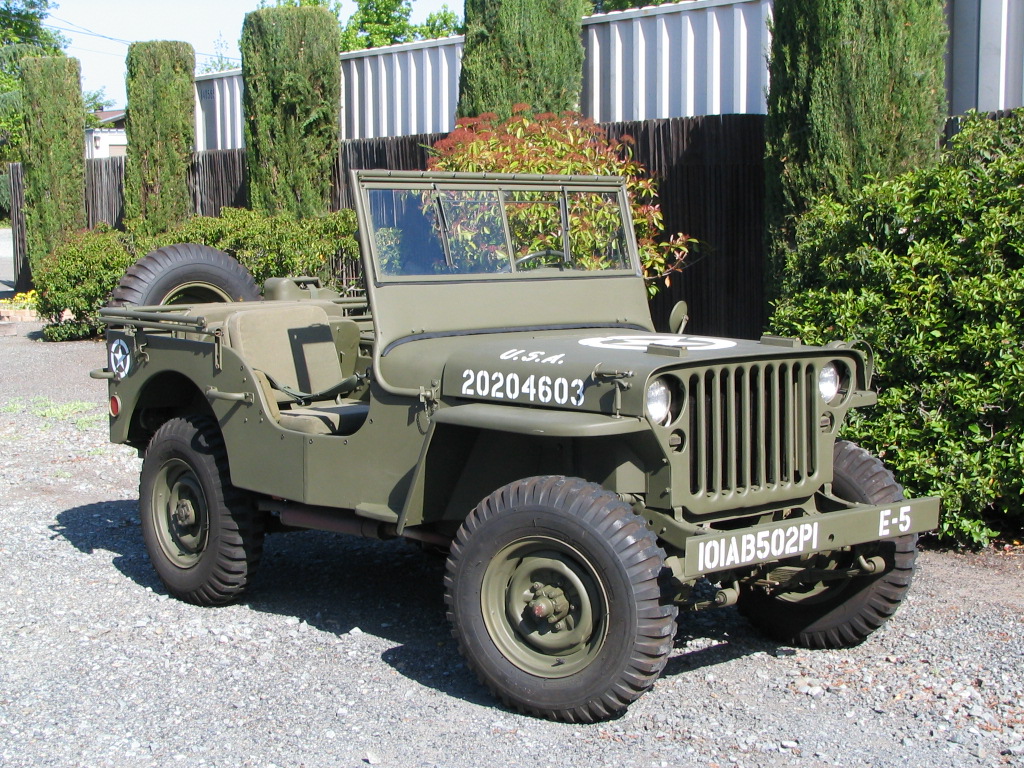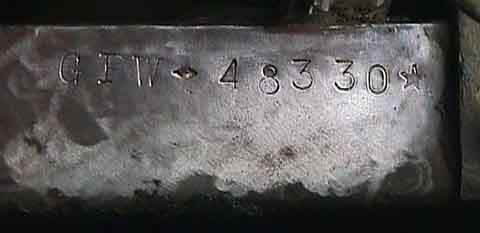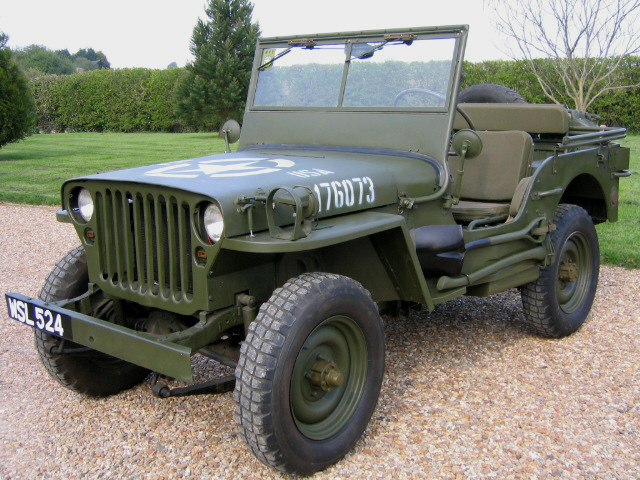 |
| Willys M38 |
The Willys "M38" was a U.S. Army Jeep which had replaced the World war Ford and Willys MB Jeeps. Manufactured from 1949 to 1952, it saw action in the 1953 Korean war. It had a unique 24V electrical system as compared to the 6V
found in the other Jeeps during that time. It was later replaced by the M38A1in 1952. It was also called the military version of the CJ3A, as they were made during the same time and looked similar.
The M38 had a unique 24V electrical system which was water proof
making it able to drive easily in water. Like the CJ3A, it too had similar looks as they both were made on similar blueprints, but the M38 had a reinforced chassis and body. It's windshield could be fully folded for firing up front. It too like the other Jeeps of that era was powered by the "Go Devil" 4 cylinder engine, producing 60H.P. It had a T-90 gearbox with a Dana 18 transfer case and Dana 25 ( full float) and Dana 44 (semi float) axles in the front and rear respectively. It was also able to drive fully underwater and had a air intake and axle system which was vented for crossing rivers, swamps, etc.
 |
| M38 with a Snorkel. |
A total of some 60-61000 M38's were ever produced. Ford Canada produced some 2300 for Canada Army, but here it was called the M38-MDN. Like in the war, here Ford wasn't asked to forcefully build Jeeps, but it chose to make them on the blueprints provided by the Willys Overland company. These Jeeps had their tools on the passenger side (right side) instead of the driver side (left side).
It's uniqueness was:
1. Like it's civilian counterpart, the CJ3A, the M38 too had a low bonnet and a low grille with big headlights, but it had a waterproof 24V electrical system and a reinforced structure as compared to other Jeeps.
2. It wasn't solely made by the Willys Overland company but made by the Ford Motor company in Canada.
3. It had it's spare equipment tools on the passenger side, instead of the driver side.
4. It was capable of drving fully under water.
 |
| M38 Interior. |
 |
| M38 with equipment mounted on the passenger side. |





